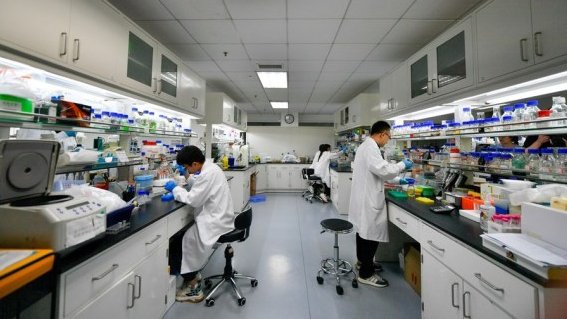Sugars are essential to both life and industry. Six carbon atoms make up the simple sugars known as hexoses, and their names also reflect this fact.

Creating hexoses from carbon dioxide (CO2) has allowed Chinese scientists to further their understanding of the artificial synthesis of sugar, according to an article that appeared in the journal Science Bulletin on Wednesday.
Sugars are essential to both life and industry. Six carbon atoms make up the simple sugars known as hexoses, and their names also reflect this fact.
Hexoses are widely dispersed and plentiful in nature, and they have a tight relationship to the body’s nutritional metabolism. Glucose, fructose, and galactose are the three most prevalent hexoses.
The study team from the Tianjin Institute of Industrial Biotechnology and the Dalian Institute of Chemical Physics of the Chinese Academy of Sciences created an artificial CO2-to-sugars route for precision sugar synthesis after more than two years of work.
We provide a flexible chemoenzymatic roadmap based on aldol condensation, iso/epimerization, and dephosphorylation processes for complete stereocontrol of asymmetric CO2 and H2 assembly into sugars, according to the study’s authors.
The study concluded that this chemical-biological platform could be readily expanded to accurately manufacture other high-order sugars from CO2 and “demonstrated a greater carbon conversion yield than the conventional “CO2-bioresource-sugar method”.”
The group asserted that creating platforms for artificial CO2-sugar is “meaningful to addressing challenges” posed by land scarcity and climate change to the supply of dietary sugar.
According to Yang Jiangang, an associate professor at the Tianjin Institute of Industrial Biotechnology, the discovery offers a synthetic pathway that doesn’t depend on land or planting, is quicker, uses less energy, and is more effective.
In order to obtain sugar molecules that are uncommon or even nonexistent in nature, the research team plans to continue synthesizing oligosaccharides, glycosides, sugar alcohols, and other compounds based on this technology. These sugar molecules can be used as raw materials in industries like food, medicine, and biological manufacturing.